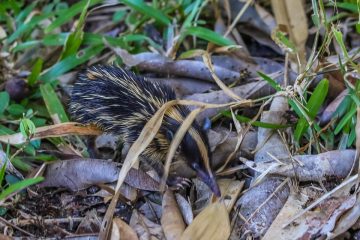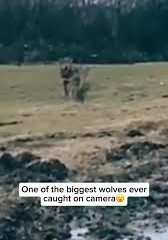Understanding the Role of Coyotes in Our Ecosystems

Introduction
Coyotes have become a significant part of North American wildlife and ecosystems. Their adaptability, intelligence, and social structure allow them to thrive in varied environments, from urban areas to remote wilderness. Understanding the role of coyotes in our ecosystems is crucial, as they contribute to maintaining ecological balance, helping control populations of small mammals and promoting biodiversity.
The Coyote’s Role in Ecosystems
Coyotes are often regarded as both predators and scavengers. As predators, they primarily hunt small mammals such as rabbits, rodents, and birds. By keeping these populations in check, coyotes help prevent overgrazing and promote healthy plant growth, which in turn supports other wildlife species. Additionally, their scavenging behavior plays a vital role in nutrient cycling within ecosystems. They help clean up deceased animals, which can prevent the spread of disease and provide nutrition to other organisms.
Current Issues and Human Interaction
Despite their ecological importance, coyotes are often under threat due to habitat loss and human-wildlife conflicts. Urbanization has led to increased encounters between coyotes and humans, causing tension in communities. Reports of coyotes adapting to urban life have surged, raising concerns about the safety of pets and livestock. However, experts suggest that educating the public on coexisting with coyotes is essential, as they can help control rodent populations in urban settings.
Government and Conservation Efforts
In various parts of Canada, there are initiatives aimed at educating communities about the benefits of coyotes and implementing strategic measures for coexistence. Some cities have adopted “Stop Coyote” programs, focusing on awareness and prevention rather than elimination. Conservationists emphasize the importance of preserving their natural habitats and understanding their role within the ecosystem.
Conclusion
Coyotes are integral components of the ecosystems they inhabit. While challenges arise from human-wildlife interactions, it is critical for communities to recognize their ecological roles and find ways to coexist peacefully. By fostering a balanced perspective on coyotes, we can ensure they continue to contribute positively to the environment, supporting biodiversity and ecological integrity for generations to come.









